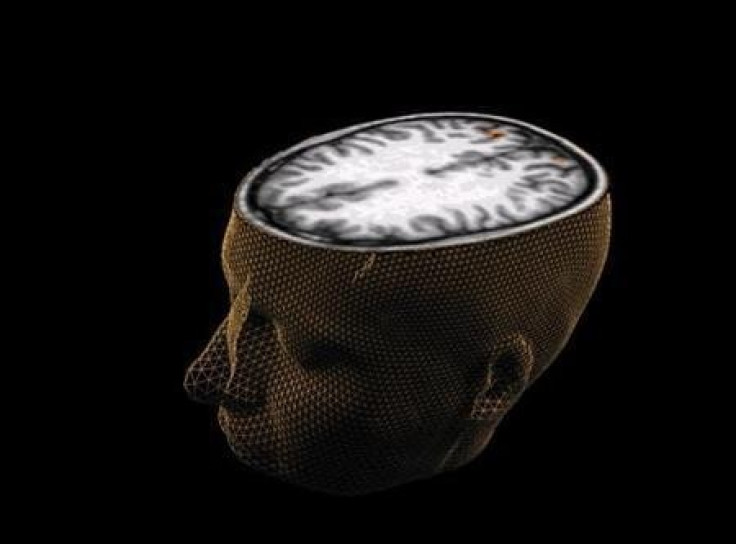Aggressive Teenage Girls have Abnormal Brain Structures, Say Wellcome Researchers

Aggressive and severely anti-social teenage girls have a different structure of their brains.
Researchers funded by the Wellcome Trust and Medical Research Council found that a structure in the brain called the amygdala - which is involved in empathy - was smaller in teens with conduct disorder than those without behaviour problems.
Conduct disorder affects around five in every 100 teens in the UK. It is a psychiatric disorder that results in increased aggression and anti-social behaviour during childhood and teenage years.
People with conduct disorder are also at a higher risk of developing mental and physical health problems in later life.
Professor Ian Goodyer, who led the research at the University of Cambridge, said: "It costs the government 10 times as much to support a child with conduct disorder into adulthood compared to a child without behaviour problems.
"At the moment we don't know whether these changes in the brain are a cause or a consequence of the behavioural problems, but we do know that early identification of a biological abnormality may be a route to take in terms of targeting early intervention even before adolescence."
The study looked at 22 teenage girls with conduct disorder and compared them with 20 adolescent females with no social problems.
Findings showed there were size differences in the areas of the brain involved with empathy, emotion recognition and self-control.
Girls with the most severe symptoms of conduct disorder had an increasing pattern of abnormality, suggesting a correlation between the severity of the condition and the amount of structural change to the brain.
The research supports previous studies that looked at anti-social behaviour in boys, with findings showing teenage boys with behaviour problems have different brain structures to their healthy counterparts.
Dr Graeme Fairchild, study author, said: "Although there have now been several brain imaging studies of boys with antisocial behaviour, very little is known about the biological basis of antisocial behaviour in girls.
"We believe that this study is an important first step towards understanding the role of neurological factors in the development of antisocial behaviour in girls."
Dr Andy Calder, co-author of the study, added: "The origins of these changes could be due to being born with a particular brain dysfunction or it could be due to exposure to adverse environments such as a distressing experience early in life that could have an impact on the way the brain develops."
These findings follow another study that identified a link between mental disorders and anti-social behaviour.
Recent research presented at the American Academy of Paediatrics National Conference and Exhibition in New Orleans found that children diagnosed with mental health disorders were three times more likely to be bullies than those without disorders.
Study author Frances G Turcotte-Benedict said: "These findings highlight the importance of providing psychological support not only to victims of bullying, but to bullies as well."
© Copyright IBTimes 2024. All rights reserved.







